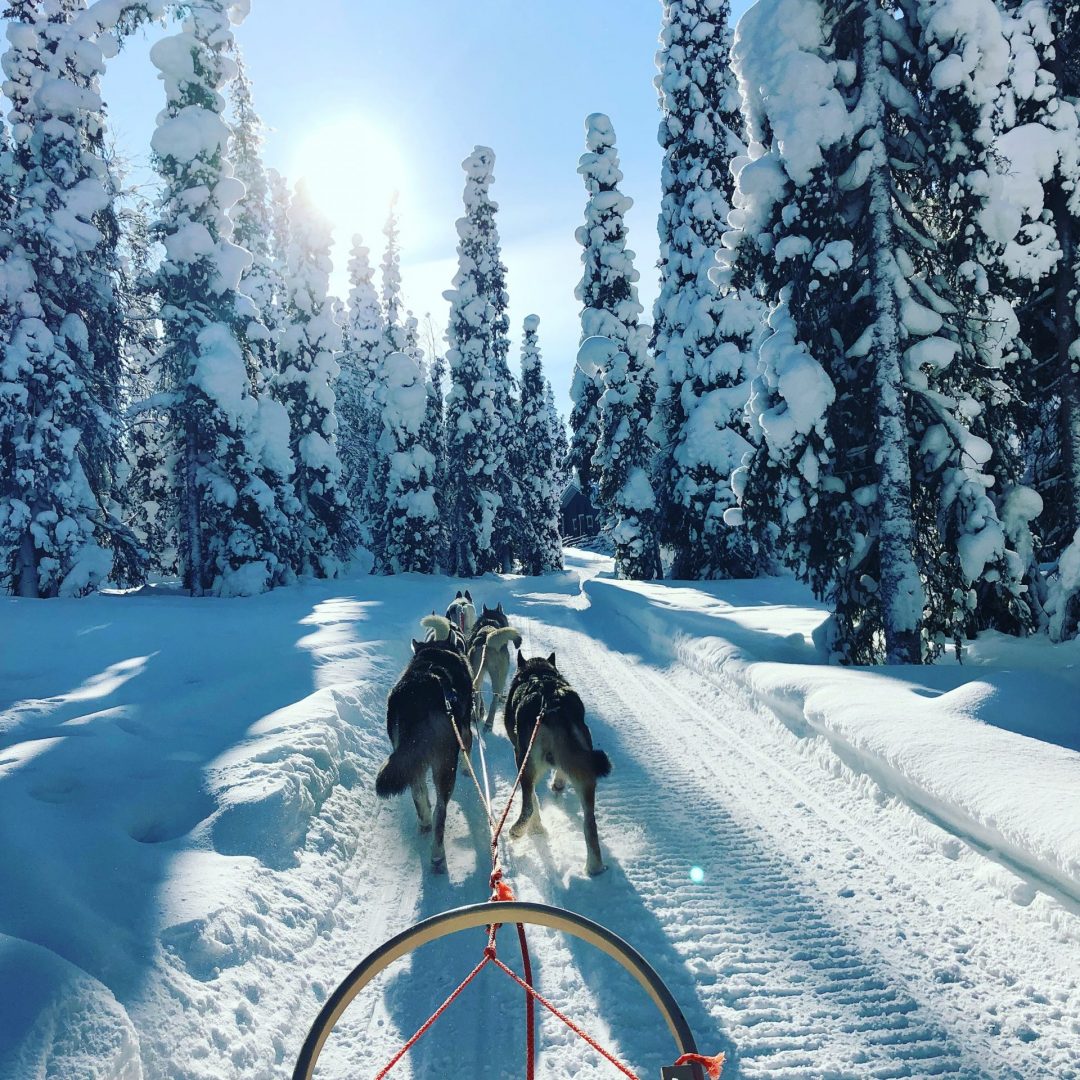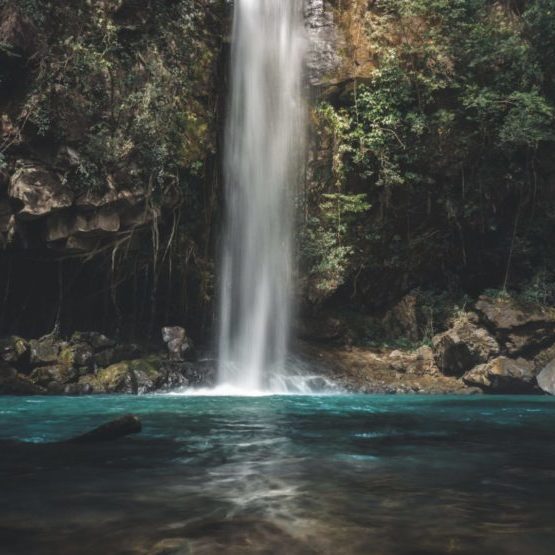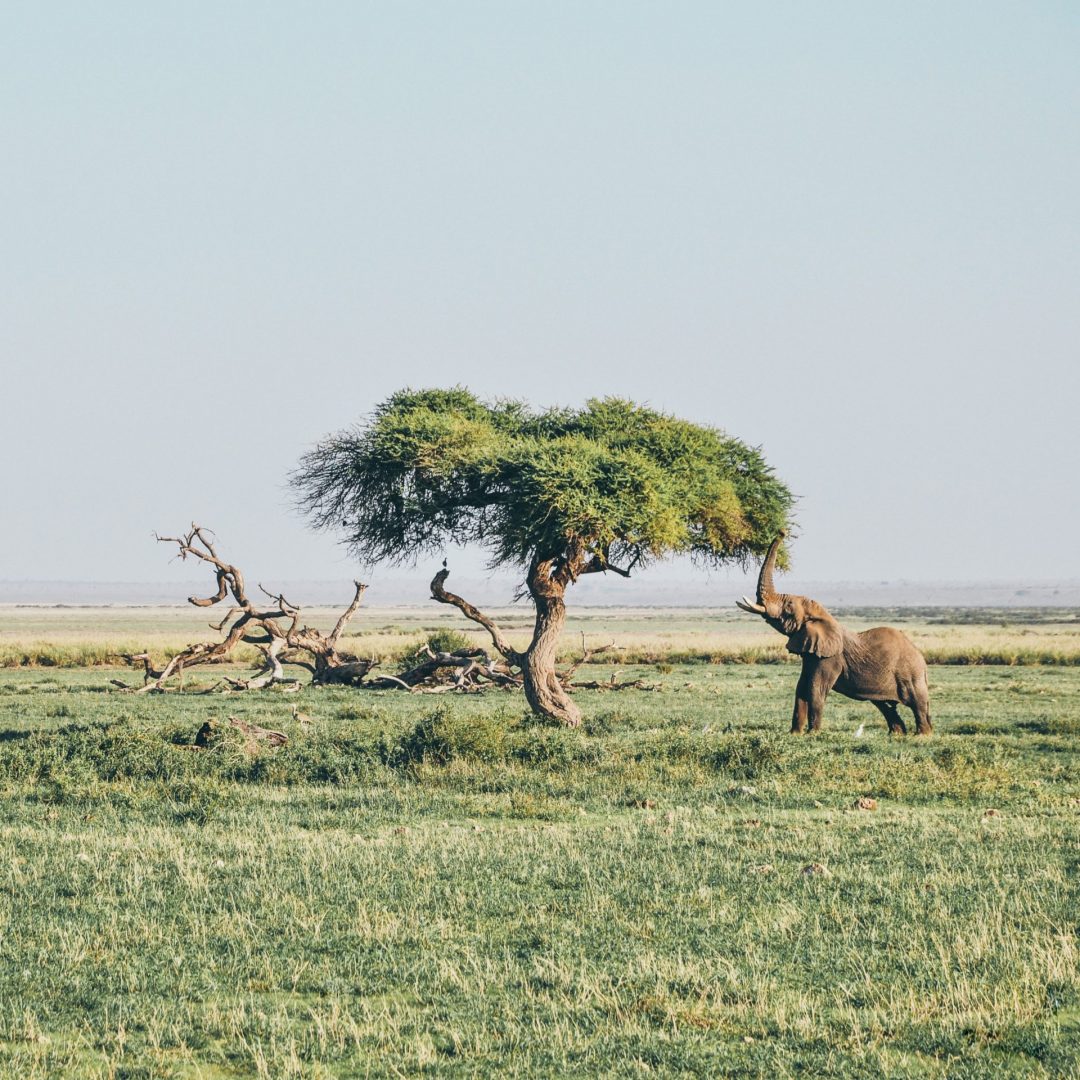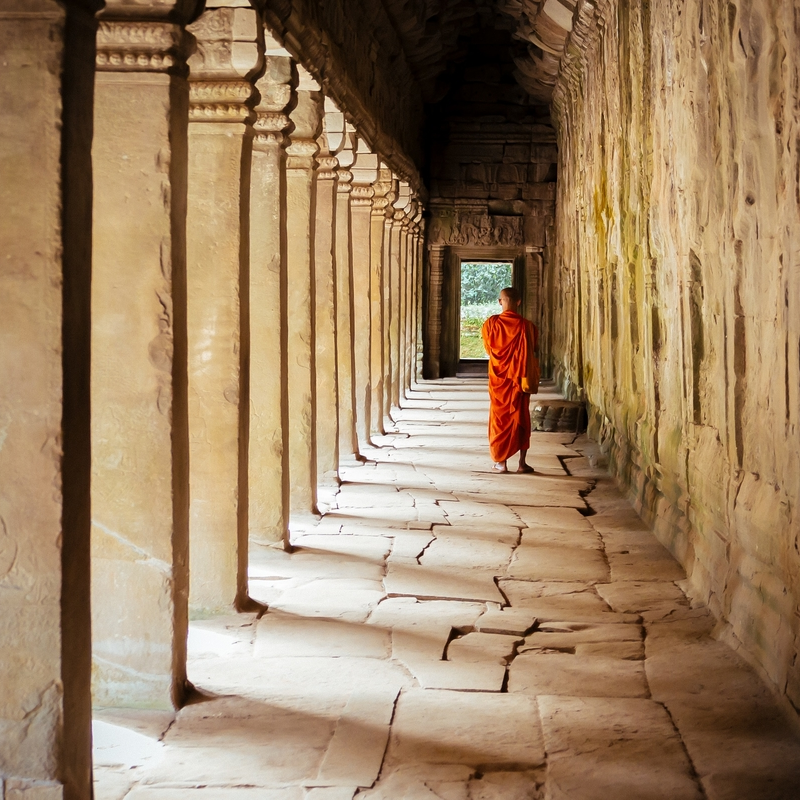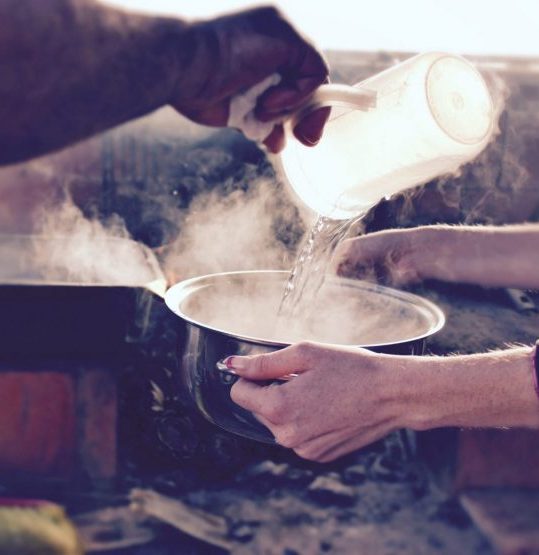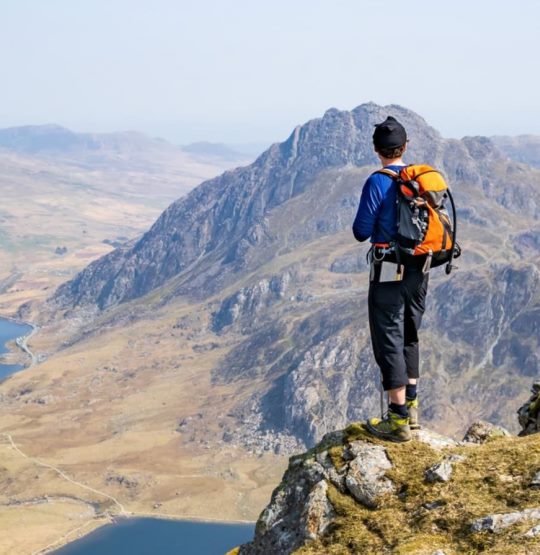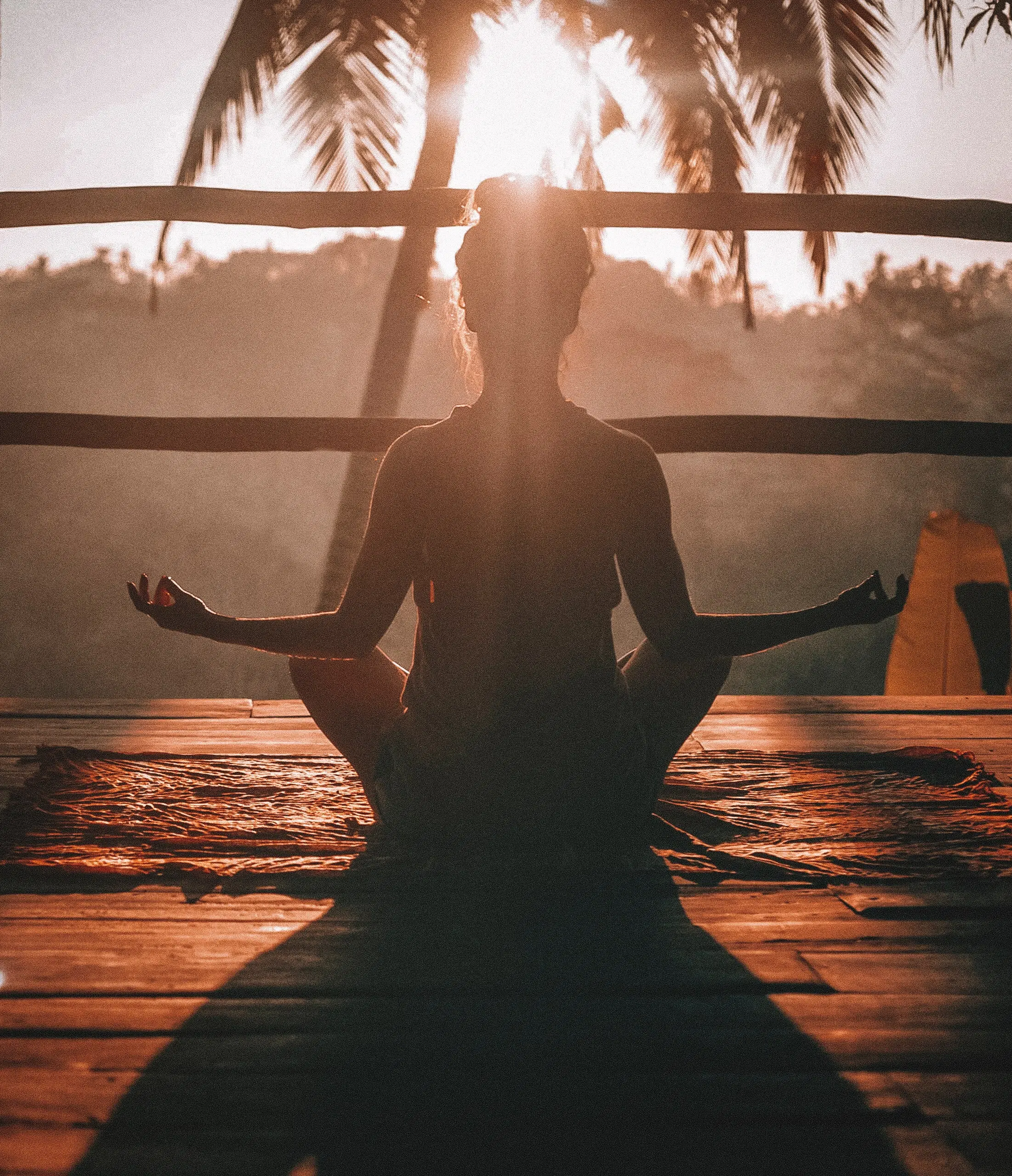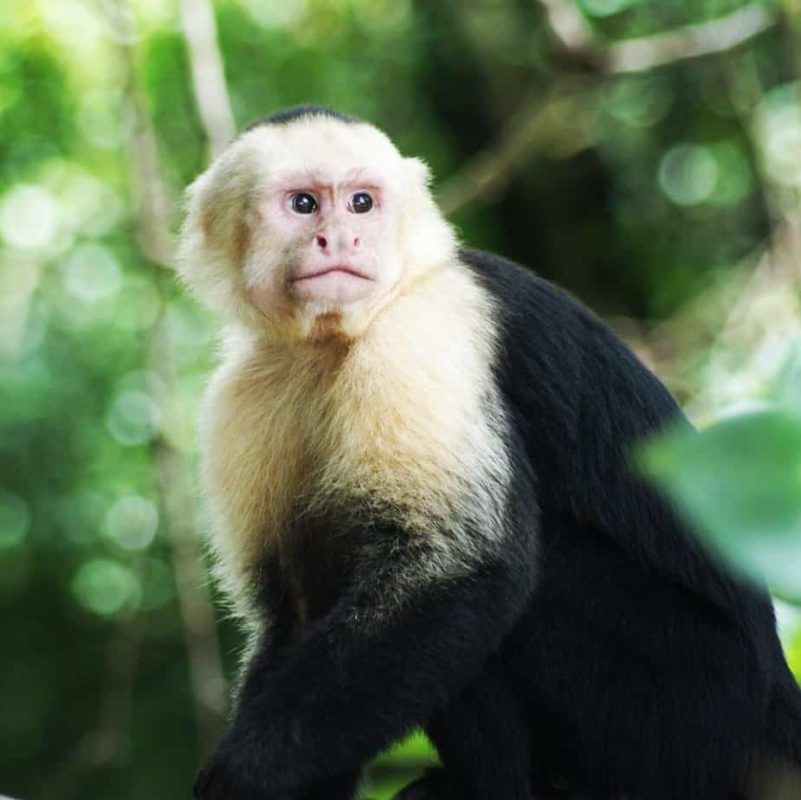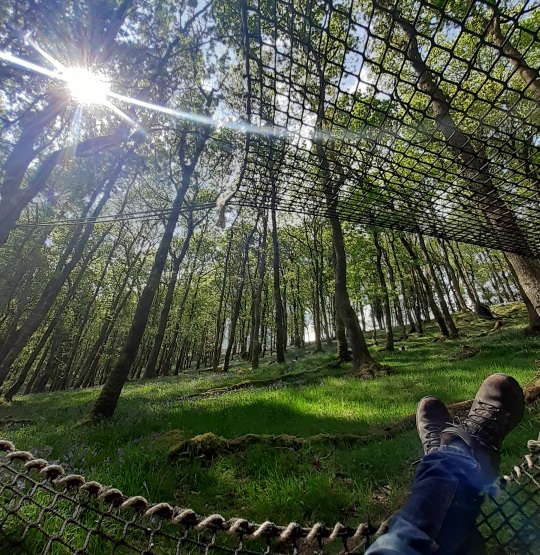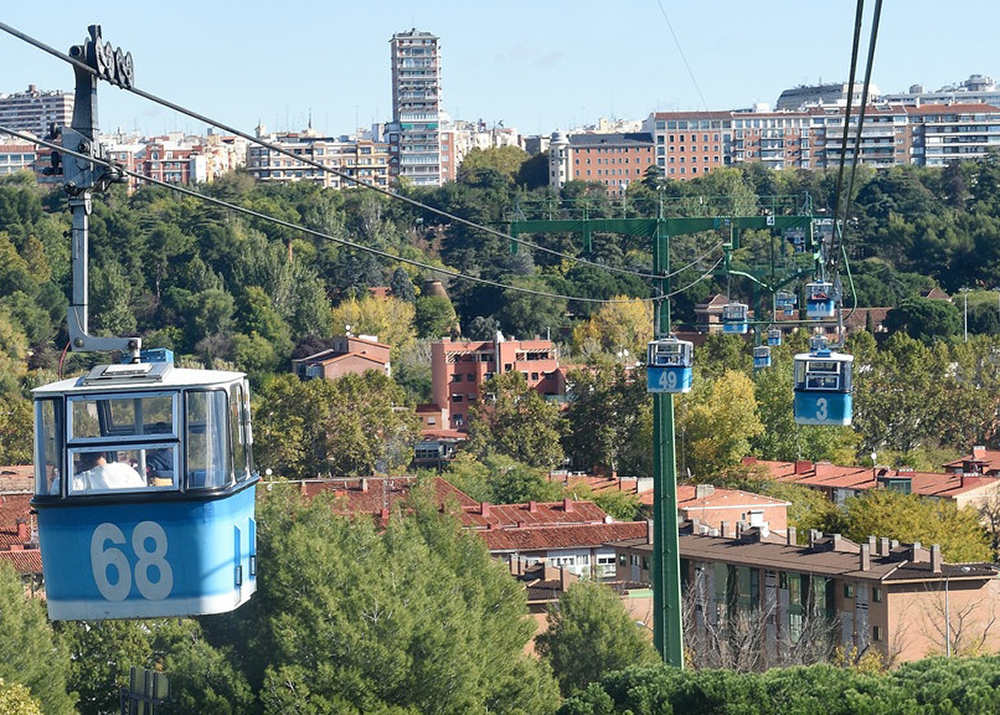Become a yoga lingo aficionado with this comprehensive list of yoga terms from GoLearnTo.com. Want bite-sized yoga terminology each week? That’s no problem, we release a new term with its definition on the blog every Tuesday.
If you’re looking for a specific term, they are in alphabetical order… happy practising!
Don’t see one on the list? Feel free to comment below and we’ll add it to our yoga term of the week series.
Acroyoga
Yoga, as an ancient art, dates back to the 7th century B.C. Acroyoga, on the other hand, was created in 2003 to blend yoga, acrobatics, and healing arts for a new style of practice accessible for everyone.
Three main pieces make up Acroyoga. The first—Solar Acrobatic practice—builds trust, empowerment, and joy. The second—Lunar healing arts—practices, develops listening, loving, and tension releasing skills. And the third—yogic practises—grows your breathing awareness, life balance, and connection.
Difficulty level: You can find varied levels of Acroyoga, from beginner classes to advanced courses and retreats. Make sure you know which you’ve signed up for before you go!
Asana
Asana is most commonly translated to mean “posture.” Originally, it referred simply to your sitting posture, but has been adapted to now signify many yoga poses. That means each of the different postures in yoga could also be called an asana.
Ashtanga Yoga
More demanding than the Iyengar yoga of last week, Ashtanga yoga is a style of yoga practice usually described as more athletic.
Many vinyasa-style yoga classes draw their inspiration from Ashtanga yoga, which typically involves doing a series of different yoga postures and holding each one for five breaths. With Ashtanga, you’ll always perform the exact same poses in the exact same order.
Ashtanga is an uninterrupted flow of yoga poses, so you’ll frequently be shown a posture and then must learn to stick to it or adjust with help from your teacher.
Physical difficulty: Ashtanga, being more athletic, requires greater mental and physical focus as you work through the uninterrupted series of poses. The key (as with any yoga) is to control your breath through each movement.
Ayurvedic Yoga
Ayurveda (pronounced ah-yur-VED-ick or ah-yur-VEED-ick) has developed alongside yoga as the science devoted to the balance of the mind in relation to the body. First developed to help cure discomfort, disease, and illness through herbal medicine and natural treatments, Ayurveda has combined with yoga (hence, ayurvedic yoga).
This new Ayurvedic Yoga practice allows you to detox and balance your mind as you also, literally, balance your body. The entire practice as a whole is designed to move you toward spiritual growth.
Baddha Konasana
This is the Sanskrit for “butterfly pose” – perhaps once of the most recognisable yoga poses out there. A Baddha Konasana opens your hips and stretches your inner thighs. Spiritually, it is said to improve your mood and stimulate circulation.
Bikram Yoga
Hot and sweaty are the name of the game in a Bikram yoga class – the rooms are deliberately heated to make you sweat and to cleanse your body.
A type of yoga practice developed more recently than most – in the 1970s by Indian yogi Bikram Choudhury – Bikram yoga was built around a sequence of 26 poses designed to stretch and strengthen your muscles. Combined with the heat, the movements are also meant to compress and rinse your organs of unwanted toxins.
The key defining factor of Bikram yoga is that it follows the same sequence of poses, every time, no matter where in the world you are. If you find that it doesn’t, you’ve actually just stumbled into a hot yoga class.
Physical difficulty: The heat of the room adds a level of difficulty to an otherwise Ashram-like intensity. It is absolutely essential that you drink plenty of water throughout the day before and after your Bikram yoga class to stay hydrated so that you can practice at your best. Also, proper attire and a sweat towel help, so that you don’t slide on your mat or out of poses from sweaty palms or feet.
Chakra
Referred to as the body’s energy centres, you’ll probably come across this term the most in Kundalini yoga. You have seven chakras (energy centres) located between the top of your head and the base of your spine. Traditionally, it is believed that keeping these energy centres balanced will affect your overall wellbeing positively.
Dharana
The first step in meditation, Dharana is translated as “holding” or “concentration”. This essential part of meditation involves deeply concentrating on an object while attempting to hold the mind completely steady without wavering. Believe us, it is easier said than done!
Expansion
While a common word in English, in yoga ‘expansion’ has a spiritual meaning. When asked to expand, you are meant to let go of enough unconscious contraction to be completely present and in the moment.
Extended Triangle Pose
This strengthening pose looks easy, but is rather difficult when it comes down to it. From a Warrior II position, you straighten your front leg, kick your back hip out and reach forward, before turning one arm skyward and reaching the other to the floor, looking at your top hand once you’ve settled into the position. It really works your legs and increases their flexibility and also improves overall balance.
Foundation
Similar to its non-yoga meaning, your yoga ‘foundation’ is building a strong and solid pose so that the rest of your body is properly aligned. Like in creating a strong foundation for a structure, the rest of your practise hinges on a strong foundation.
Hatha Yoga
New to yoga? Hatha is a wonderful place to start. Get introduced to the basic yoga postures so that you can build on them as you continue your practice. Hatha yoga, as a style of yoga practice, simply refers to the physical practice of yoga, i.e. movements instead of chanting and mantras.
After a Hatha yoga class, you can expect to feel longer, looser, and (as with all yoga) more relaxed.
Difficulty level: Hatha yoga is generally considered a fairly gentle practise, as it’s great for beginners and works primarily on the basic postures of yoga.
High Chaturanga
When you hear this in a yoga class, your innermost self might cry just a bit; the common term for a high chaturanga is a high plank or the ‘plank pose.’ Hence the crying. This pose is ultra beneficial, though, as it strengthens your upper body, arms, wrists, and spine as well as your core and legs. It hurts because it does the most good… you can do it!
Inversions
In the most basic sense, inversions are all of those poses where your body is ‘inverted’… i.e. upside down. The group of postures includes headstands, shoulder-stands, handstands, etc. Prepare for a headrush, y’all.
Iyengar yoga
Iyengar yoga is a type of yoga practice that helps you learn the basic structure of yoga poses as well as the subtleties of correct body alignment. It is a great choice for gaining heightened physical awareness, strength and flexibility.
Belts, blankets, blocks, and chairs may all play into this practice. These items allow you to get deep into the correct alignments and positions without forced stretching or injuries… perfect for a beginner! Yoga teachers frequently recommend these items for newbies; it’s in your best interest to take their advice. Don’t worry, as you continue to practice you’ll work your way up to doing the postures without the props.
Physical difficulty: While there isn’t a crazy amount of fast movement to get your heart racing in this type of yoga, it is still mentally and physically challenging to hold the various postures.
Janu Sirasana
In a literal sense, this pose is also called the ‘head to knee’ pose. In your practise, it is believed to calm the mind and also stretches the all-important hips, back, and groin.
Krounchasana
Possibly one of the coolest words in yoga, Krounchasana – or ‘heron pose’ – stimulates your abs and heart. You’ll definitely notice a stretch along your bent leg’s thigh, ankle, and shin.
Kundalini Yoga
Designed to awaken energy in your spine, Kundalini yoga is a type of yoga practice focused on the spirituality of practitioners. It aims to start a process of transformation, so a typical Kundalini yoga class incorporates meditation and breathing techniques.
While it may sound tame, the breathing exercises – from alternate nostril breathing to chanting to singing during yoga postures – are more challenging than you’d imagine. Rapid Pranayama (covered in an upcoming Term of the Week) “Breath of Fire”, mini-meditations, mantras, and postures will stretch your limits.
On a Kundalini yoga retreat, you can expect to focus on different chakras (parts of your body) at varying times throughout the week, which come together for a complete body purification and awakening.
Physical difficulty: The most difficult part of Kundalini yoga comes during the breathing exercises. They require intense concentration and can mentally wear you out even before you are physically tired.
Laya Yoga
Laya yoga is simply an advanced form of tantric yoga (which can be found in our yoga dictionary) where the energy in your chakras gradually dissolves.
Mantra
A ‘mantra’ is a word or sound that is repeated to aid concentration in meditation or yoga, and was originally used in Hinduism and Buddhism.
Namaste
You’ll frequently hear “namaste” at the end of a yoga class. Originally an Indian greeting, it is said at the end of a class to express gratitude for what you have accomplished and as a way of saying “I am grateful” to the teacher, the class, and yourself.
Om
Om – a mystic syllable – is considered the most sacred mantra in both Hinduism and Tibetan Buddhism. It is used in yoga during meditation and as a mantra during actual practice. It does not need to have spiritual meaning for you personally to use it in your mantras.
Pranayama
‘Prana’ by itself means ‘life force’ or ‘breath.’ The word in its entirety refers to the freeing flow of breath in various breathing exercises practised in yoga.
Quadriceps
While not technically a yoga term (it’s more a biology lesson), your ‘quads’ are the large muscles at the front of your thigh which pulls your knees up and helps you stand from a lunge position. In yoga, you’ll hear your teacher refer to these a lot, so it’s a good one to include on our list so that you know what he or she means!
Restorative Yoga
Restorative yoga is just as relaxing as it sounds… it aims to put you into a deep state of relaxation. You’ll hold postures for longer periods of time and may frequently use props like blankets, blocks, and pillows to help you stay in position.
Somatics
Somatics isn’t a style of yoga but rather a movement therapy. It is a system for teaching us about how our brain senses and moves the muscles. In a somatics class, you will focus in-depth on very subtle movements, for an incredibly effective and concentrated way of working your body.
Tantra Yoga
Tantra yoga is built around a powerful combination of yoga postures and practise that develop clarity, strength, and bliss for your everyday life. The ancient practise focuses on the five forces of Shakti, the female deity of creativity and change, and enforces that humans can move through the world empowered, confident, and content.
Thai Massage
More an addition to yoga than an actual piece of it, Thai massage has evolved into many techniques and movements to improve your flexibility. Originally, it was created to relieve stuck energy which arose from hours of seated meditation.
Uttanasana
Uttanasana – an incredibly fun word to say aloud – is the ‘standing forward bend’ posture which stretches the back of your legs and hips, as well as your spine. Most athletes, from dancers to footballers, will probably have done this sometime in their life without realising its proper yogic name!
Vinyasa Flow
Pronounced “vin-YAH-sah”, this style of yoga practice emphasises smooth, fluid, movement-intensive sessions. Vinyasa teachers generally choreograph their classes – playing music alongside the movements – to create fun and smooth transitions from pose to pose.
Physical difficulty: Vinyasa Flow is similar in intensity to Ashtanga, requiring mental and physical focus as you work through a series of poses. It requires a bit more athleticism than Iyengar yoga, but is still great for any skill level.
Warrior
The warrior poses are commonly the lead-ups to more advanced postures and are powerful stances in which your legs are held apart and your arms are stretched outwards. With many variations, the most common you’ll hear in a yoga class are Warrior I (with arms above your head), and Warrior II (with arms outstretched and parallel to the ground).
Yoga Sutras
The yoga sutras are the philosophical bases of yoga. They help lead you onto the path of Enlightenment, and is widely regarded as the authoritative text on yoga and its ideals.
Yin Yoga
Known commonly for its pairing with yang, yin energy is meant to simply be a complement to the yang form of energy, and yin yoga is no different. This style of practice focuses on seated postures that target the tissues in your hips, pelvis, and lower spine for deep release, and can deepen your ability to practice other styles of yoga.
You’ll hold each pose from between 1 to 10 minutes, so it’s also great practice for calming your mind. Yin yoga teaches you the basics of meditation centered around letting go of tension without the level of spirituality you might encounter in Kundalini yoga.
Physical difficulty: As Yin yoga is typically performed in seated positions, the physical exertion is minimal, though you may encounter significant strain and even discomfort as you begin to release tightness in your muscles.
Zen Yoga
A type of yoga practice, zen yoga ranges from gentle movements designed to increase stamina to energetic practices for a more strenuous workout. All of its forms are based on harmonising the body, mind and spirit connection via breathing, concentration, and exercise.




